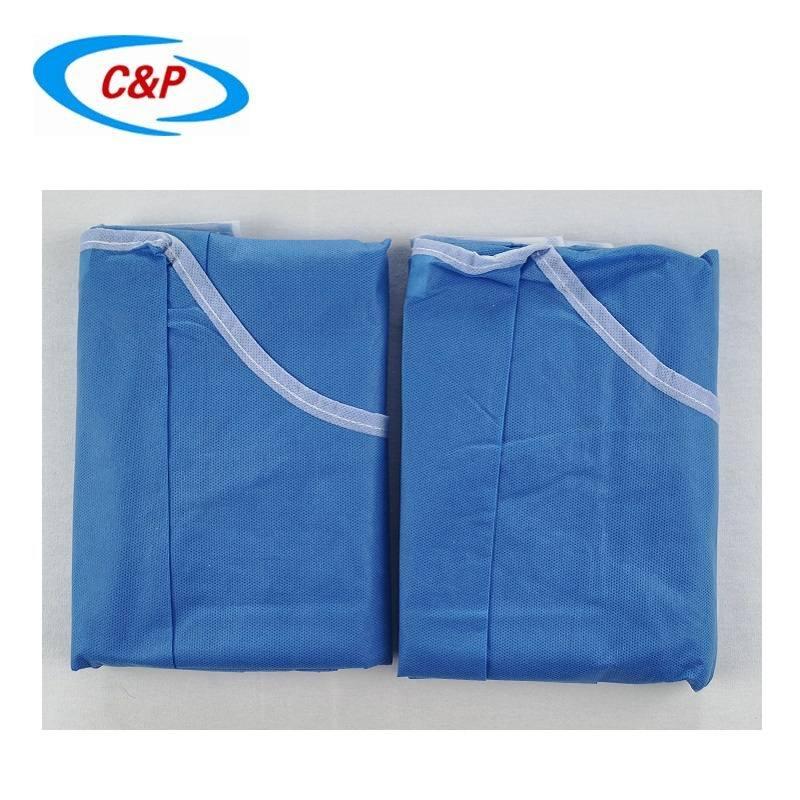Classification of surgical gowns:
1. Cotton surgical gown: Surgical gowns, which are widely used and highly dependent in medical institutions, have good air permeability, but have poor barrier and protection functions. The cotton material is prone to flocculation, which makes the maintenance cost of the hospital's ventilation equipment a lot of burden.
2. High-density polyester fabric: This type of fabric is mainly made of polyester fiber, and conductive substances are embedded on the surface of the fabric, so that the fabric has a certain antistatic effect, which improves the comfort of the wearer. This type of fabric has a certain degree of hydrophobicity, is not easy to produce cotton bleaching and has the advantages of high repeated use rate. This kind of fabric has good antibacterial effect.
3. PE (polyethylene), TPU (thermoplastic polyurethane elastic rubber), PTFE (Teflon) multilayer laminated film composite surgical gown. Surgical gowns have excellent protective properties and comfortable breathability, which can effectively block the penetration of blood, bacteria and even viruses. But the domestic popularity is not very wide.
4. (PP) Polypropylene spunbond fabric: Compared with traditional cotton surgical gowns, this material can be used as a disposable surgical gown because of its low price and certain advantages such as antibacterial and anti-static. However, the material has low hydrostatic pressure resistance and poor virus isolation effect, so it can only be used as aseptic surgical gown.
5. Polyester fiber and wood pulp composite spunlace fabric: Generally only used as a material for disposable surgical gowns.
6. Polypropylene spunbond-meltblown-spunbond composite nonwoven fabric (namely SMS or SMMS): This material is a high-quality product of a new type of composite material. The material has high resistance to hydrostatic pressure after being treated with three antibodies (anti-alcohol, anti-blood, and anti-oil), anti-static and anti-bacterial. SMS non-woven fabrics are widely used at home and abroad, and are often used to make high-grade surgical gowns.


